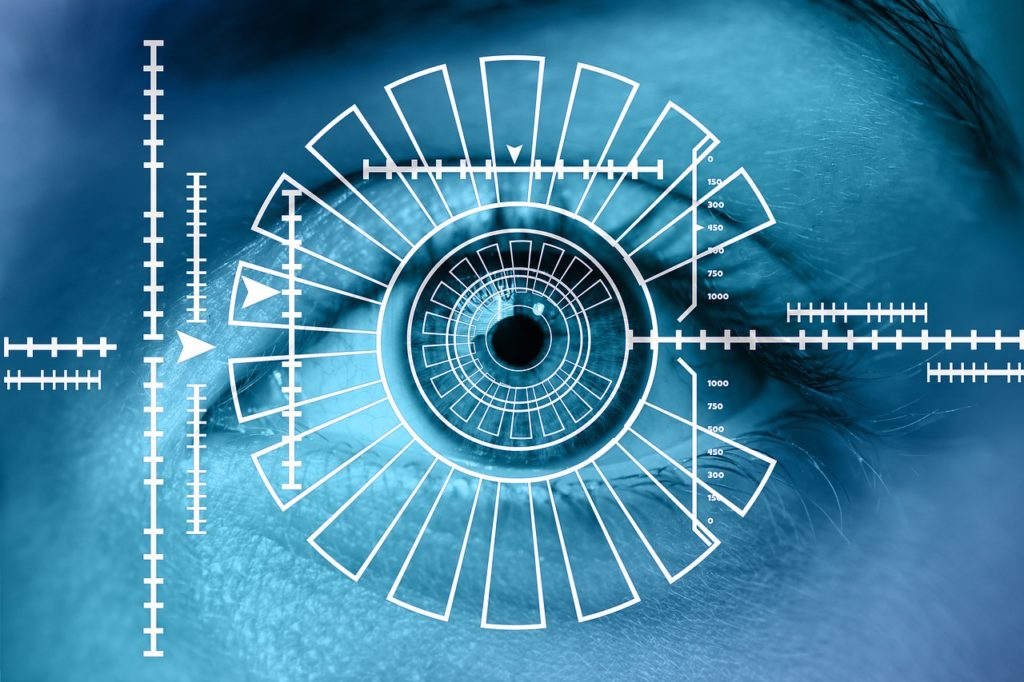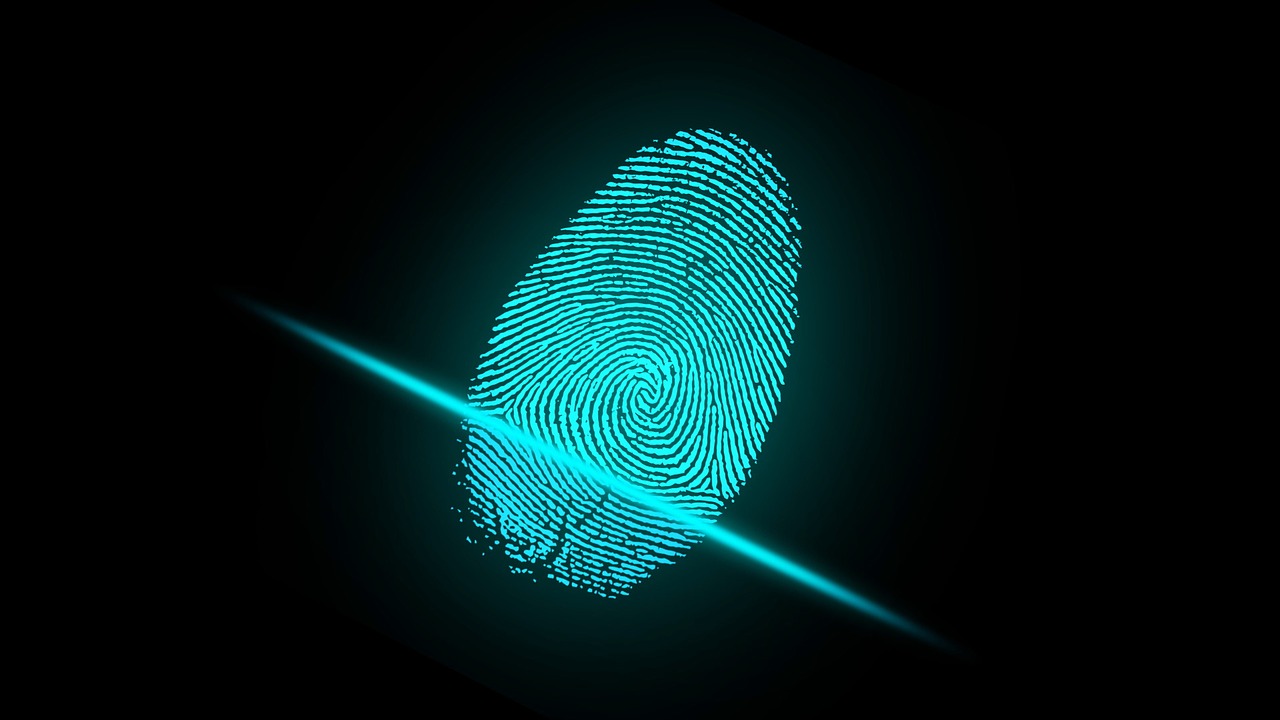The fintech industry is growing, and with it the importance of satisfying customers’ changing needs. Today’s consumers are looking for more convenience and ease in accessing their finances. One way to do that is to through biometric authentication.
More and more companies, including legacy brick-and-mortar banks, are adding biometric tools to their fintech products. Soon, biometrics may be an expected and normal feature rather than an exciting extra. How are fintech companies incorporating these tools into their products, and what could it mean for the future of the industry?
Fintech and Security
One enduring issue in the fintech industry is security. In a world where consumers are regularly accessing personal information from cell phones and other mobile devices such as iPads and personal computers, security is essential.
Though customers like the idea of quick, easy, and convenient access to their financial tools, many are concerned about protecting their personal information. For example, a study by The Clearing House in 2018 revealed that, of 1,500 consumers who used non-bank financial apps, more than two-thirds said they were “very” or “extremely” concerned about the privacy of the data they share. A survey by S&P Global Market Intelligence in 2019 showed that security concerns were the second most common reason why respondents did not use mobile payment solutions.
There is good reason for their worry. High-profile security breaches in the financial services industry have rattled consumers’ nerves, from the 2019 Capital One data breach to the less publicized, but still concerning data breach suffered by Finastra, the world’s third largest financial software provider, in 2020. Even though these incidents are aberrations, security breaches in the financial services industry have the potential to be particularly damaging. A 2019 report by Bitglass found that although just 6% of security breaches that year targeted financial services firms, these breaches were responsible for more than 60% of all leaked records. Hacking and malware were the primary security threats across the industry.
Given this state of things, consumers are right to demand increased security in their financial technology tools.
Understanding Biometrics

Biometric authentication tools use personal identifiers to offer customers secure and individualized access to their accounts. This includes the use of fingerprint scans, eye scans, face scans, and in some cases, even voice identification tools. Note that biometric identifiers also include behavioral traits like typing cadence, navigation patterns like mouse movements and finger movements on trackpads, and patterns of engagement with an application. Behavioral identifiers are seen as less reliable than physical identifiers like fingerprint and eye scans, but as the technology improves, more tools will rely on artificial intelligence to interpret behaviors. These AI tools can use algorithms to help identify behavioral anomalies and identify fraud.
For the fintech and broader financial services industries, the technology allows organizations to more accurately observe and identify fraudulent activity from hackers or bots, with the overall effect of making customers’ accounts more secure. For customers, biometric authentication allows for frictionless, secure access to accounts—no more having to remember a long password or answer security questions.
Risks
Even still, consumers have been somewhat hesitant to embrace biometric tools as a means of securing their personal information. Research by Paysafe in 2019 revealed that 56% of consumers are worried the shift to biometric authentication of online payments will increase identity fraud; 81% still prefer passwords over biometrics when it comes to making payments online.
There have been incidents of hackers using customers’ selfies and other images readily available on the Internet to hack into accounts that require facial recognition or even creating dummy fingerprints to access accounts.
Biometric authentication tools are certainly not without risk, but using them in combination with other password or numerical PIN tools could offer customers increased security and less likelihood of fraudulent activity. Another solution could involve a degree of customization—biometric authentication could be presented to users as an option, much like how some applications offer two-factor authentication, but do not require it. This would allow users to choose the method they’re most comfortable with.
It’s also true that the security issues with biometrics are an opportunity for innovation and the creation of more robust solutions. Additionally, as consumers encounter the technology more, they will become more comfortable with it. People may have had doubts about using Apple’s Touch ID to unlock their iPhone when this feature first debuted, but now it is not so remarkable.
Certainly the market for biometrics is on an upswing: it’s projected to nearly double from $33 billion in 2019 to $65.3 billion in 2024, with a CAGR of 14.6%. Juniper Research estimates that biometrics will be used to secure $2.5 trillion in mobile payment transactions by 2024. That number represents a staggering 1,000% percent increase from the $228 million transacted using this method in 2019.
Biometric Tools in Fintech
With the development of more advanced biometric tools, companies may finally be able to offer customers a convenient, seamless experience that doesn’t compromise their personal security. New developments are already a reality. So-called “naked payments,” which allow customers to pay for items using just a simple fingerprint scan, are already available. Apple allows users to make purchases in its digital stores via Touch ID, its biometric fingerprint recognition feature, which has been part of iOS since the 2013 release of the iPhone 5S. Major banks like Wells Fargo and Bank of America allow fingerprint sign-in for account access, and Wells Fargo also allows customers to sign in to their account using Apple’s iPhone Face ID feature.
Some banks are also beginning to integrate voice biometrics into their systems, allowing customers to have normal, human-like conversations about their bank accounts with existing voice-activated assistants, like Google Home or Amazon’s Alexa. With the added security new voice authentication technologies offer, customers can converse with voice-activated assistants and easily receive information about their account balances, details about transactions, and even personalized spending advice.
Biometrics are also being used for authentication at point-of-sale (POS) and checkout terminals. For instance, baseball fans at New York Mets games will be able to pay for concessions by scanning their fingerprints on a biometric reader, negating the need to carry around bank and credit cards or use mobile phones to make payments. Amazon is reportedly testing the use of palm biometric payments at checkout terminals. The technology analyzes wrinkles and veins on a person’s hand.
On the Horizon
Fintech companies that want to stay relevant will need to find new ways to incorporate increased security into their offerings without compromising the overall customer experience. Users want to have reliable security alongside convenience and easy access. It is no longer acceptable to sacrifice security for convenience or vice versa—they want both!
Biometrics tools, especially as they continue to develop and improve in the coming years, will be an integral part of making this happen.

